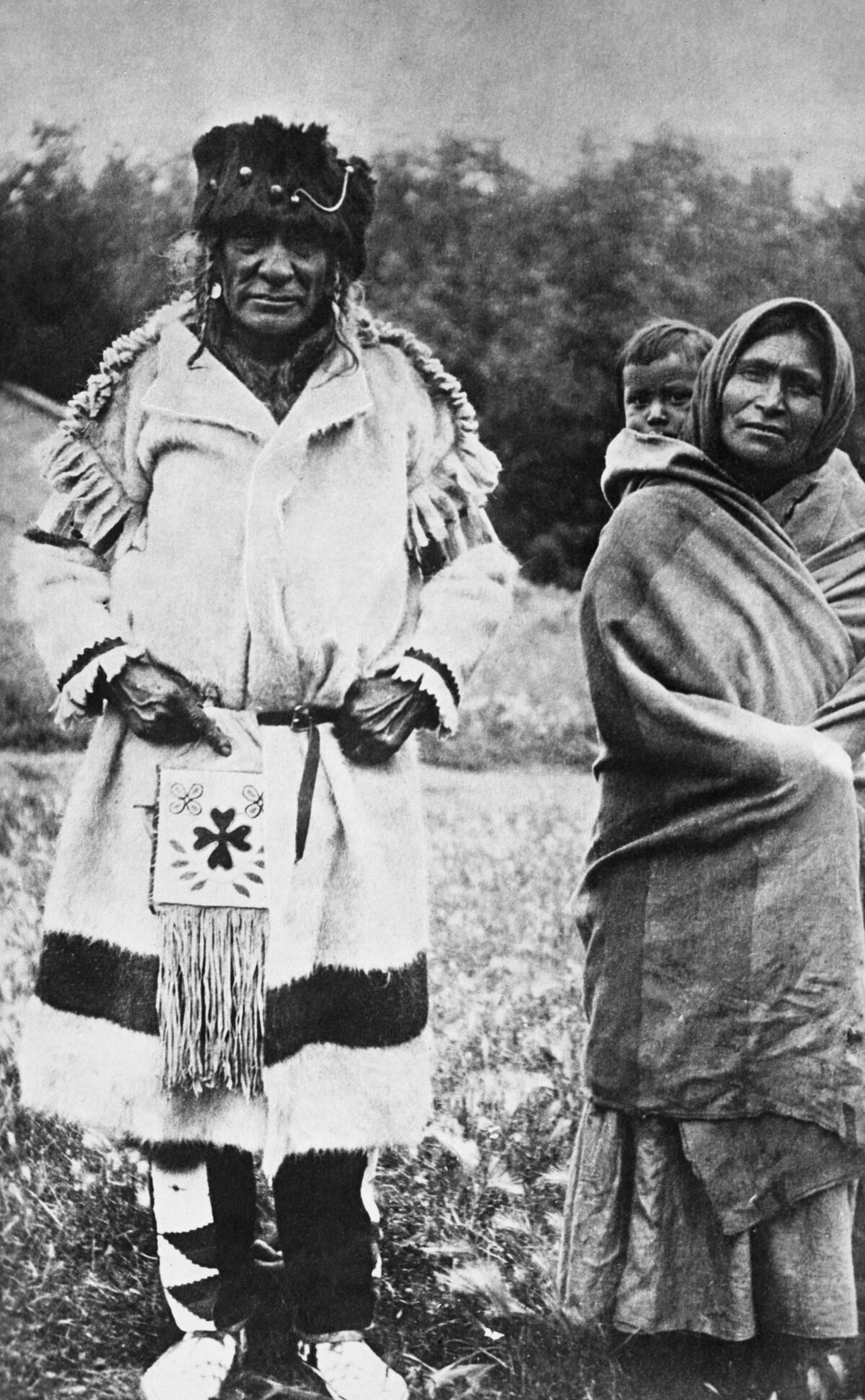Intro
ᐊᒑᐦᑯᓴ ᑳ ᐅᑕᑯᐦᐱᐟ (acâhkosa kâ-otakohpit / one who has stars as a blanket), who lived between 1845 and 1917, was chief of the Star Blanket Cree Nation in Treaty 4 territory in southern Saskatchewan (which only became a province in 1905, more than half a century after ᐊᒑᐦᑯᓴ ᑳ ᐅᑕᑯᐦᐱᐟ was born).
He is notable for many reasons, including his successful resistance to the Canadian government’s attempts to amalgamate and reduce the reserves of the four bands in the File Hills area and his resistance to the government’s attempt to send his community’s children away to residential school. He continued this struggle even after the government retaliated by cutting off assistance to his band and deposing him as chief (a deposing which his people rejected, causing him to be reinstated).
For more information on his life, consult the 1998 entry by John L. Tobias at the Dictionary of Canadian Biography, as well as other sources. What follows is a letter in his own words on residential schools and Treaty.
-Ed., 2025
Letter from Chief Star Blanket to the Governor General (1912)
Star Blanket Chief of a Cree band of Indians at File Hills, son of White Calf a Chief who signed a Treaty with the Great white mothers speaks to the Great White Chief who has come such a long way to visit us. A distance so great that we have no way of speaking to you only when a time such as this comes. We have waited patiently for many years for a chance to speak to some one who would carry a message to the Government and to our white brothers in the east.
The first part of our message Great Chief is one of Good wishes and peace to yourself first and then to the Government. For as I was both with two legs and as these two legs have not yet quarreled, so I wish to live in peace with the white people.
When I was in middle life the Government of the Great White Mother sent some wise men to ask us to give them much land. A large camp of Indians was made near Qu’Appelle and there the Government and Indians after much talking signed a treaty, on paper and much was promised as well. One of these papers has been carefully kept by us, and by it we Indians gave to the Government a large piece of land and held back for ourselves some small pieces as Reserves.
In the treaty we made then the Government promised to make a School for every band of Indians on their own Reserve, but instead little children are torn from their mothers arms or homes by the police or Government Agents and taken sometimes hundreds of miles to large Schools perhaps to take sick and die when their family cannot see them.
The little Ants which live in the earth love their young ones and wish to have them in their homes. Surely us red men are not smaller than these Ants.
For many years I have not been paid all my treaty money, it was not much only Twenty-five dollars a year. I need it much as I am now nearly eighty years old and not able to work. I do not care so much for myself as I am nearly finished with life, but for many years I have had a sore heart watching my old people nearly starving.
The buffalo and deer are gone and our people will soon be hard to find but while we are still here I would ask that the Government not to forget their treaty, to send out some honest men to inquire into our troubles and let us explain them.
And then as the Great Spirit live I trust justice will be done.
Also
You Are on Indian Land, directed by Michael Kanentakeron Mitchell, assistant camera work and editing by Noel Starblanket (1969)
Ahchacoosacootacoopits, Star Blanket, by John L. Tobias (1998)
The Witness Blanket, and the Hard Lessons of Treaties, by Andrea Smith (2019)
Covid-19, the Numbered Treaties & the Politics of Life, by Gina Starblanket and Dallas Hunt (2020)
Statue of Father Hugonard removed, placed in storage, says Archdiocese, by Alec Salloum (2021)
Saskatchewan does have a constitution; it’s called treaty, by Gina Starblanket (2023)
Looking back at the history of the Qu’Appelle Indian Residential School, by Brady Lang (2023)
Drinking water advisory on Star Blanket Cree Nation lifted after 17 years, by Alexander Quon (2024)

